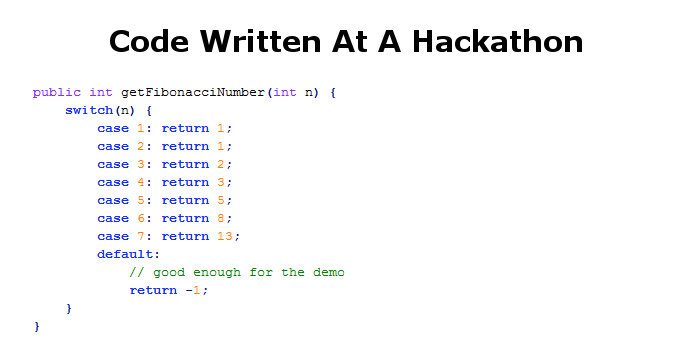Originally posed to Instructables

I wanted to create a star ceiling, but since we are currently renting, I didn’t want to drill into the actual ceiling. So here’s how to create a portable star ceiling you can take with you. The total cost of this project is around USD $100
Step 1: Purchase fiber optic driver and cable


I purchased this 150 light set off of ebay for around $60. This one came with a remote control and 16 colors to choose from. In addition, it’s low profile driver will be perfect to fit in the frame.
Step 2: Purchase a poster board

I wanted something that was going to be sturdy enough to drill holes through, hold all the cables behind it, and look stylish. I came across this at Target for around $25.
Step 3: Remove the cardboard poster backing

I removed the plastic cover from the poster to leave just the cardboard frame.
Step 4: Paint it black

Next I grabbed some MATTE black spray paint and gave a good solid coating over the back of the poster board
Step 5: (Optional) Day time stars

I didn’t want my star ceiling to look like a solid black tile during the daytime, so using some white GLOSS spray paint I added some daytime stars. To do this, simply press down very gently on the top nozzle of the spray paint, till it sputters. It should look like it spitting. Then quickly aim it at your black background. It should only take a few spits to create the desired look
Step 6: Place the backboard in the frame

Step 7: Drill holes for starfeild

I highly recommend you drill holes where the daytime stars appear. This is because they will already have a very nice distribution across the entire surface of the board. I tried to make my own pattern instead and in looks very contrived instead of natural looking.
Step 8: Light shining through

Make sure all of your holes are clean and you patch up any unsightly looking spots on the front.
Step 9: Set your fiber optic driver foundation


Place your fiber optic driver in a place off to the side of the frame. Then secure with zip ties.
Step 10: Place fiber optic lights through pre-drilled holes


Grabbing groups of lights at a time, start running the cables through your holes. You’ll want to keep these group somewhat organized, so I used more zip-ties. The group simply helps you lay the cables flat as you prepare to mount to ceiling. Don’t worry about the cables peaking through the front, we’ll trim those back later.
Step 11: Glue it good

Once you’ve got all of your cables placed in the holes, you can start gluing to keep them in place. I used Elmers Clear Glue liberally on every singly hole.
Step 12: Allow 12 hours for glue to dry

Step 13: Trim back the ends


After the glue has dried, you’ll have a lot of cables sticking through the front. I used fingernail clippers to trim these flush with the board.
Step 14: Mount it


That’s pretty much it for building the star panel. Now you can mount the panel in way you light and enjoy your new star field!










